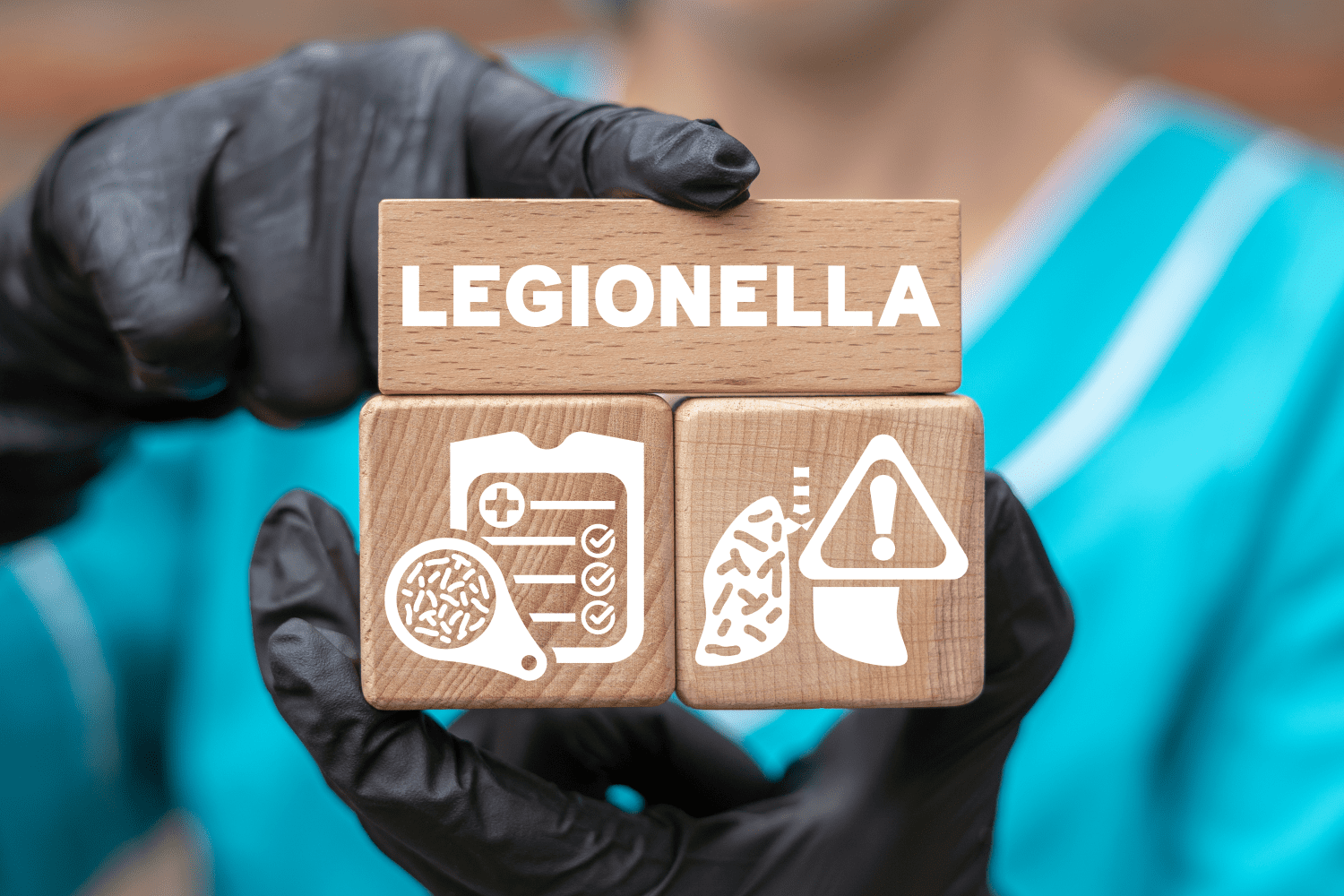AAMI ST 108 Standard for Water Quality in Medical Device Processing
by Ben Frieders
The AAMI ST 108 standard (Association for the Advancement of Medical Instrumentation Sterilization) plays a crucial role in ensuring the quality of water used in the processing of medical devices. As the medical industry continues to advance, it becomes increasingly important to adhere to these standards to guarantee the safety and effectiveness of medical instruments. In this article, we will discuss how to implement the AAMI ST 108 standard and provide insights on what to expect during the implementation process.
Accessing the AAMI ST 108 Standard
Before delving into the implementation process, it is essential to have access to the AAMI ST 108 standard. To obtain a copy of the standard, visit the official AAMI website at aami.org. The standard contains all the requirements for water quality monitoring and additional information needed for Central Sterile teams to comply with the regulations.
Sizing Your System
The first step in implementing the AAMI ST 108 standard is to ensure that your water processing system is appropriately sized. This involves contacting a water professional who is familiar with the Central Sterile process. The sizing of your system should be based on the number of Central Sterile equipment pieces in use, including washers, disinfectors, and ultrasonic sinks. The goal is to size the system to provide adequate water flow for an entire hour’s worth of operation for all equipment. If you need further guidance, consider consulting with ChemREADY or refer to equipment recommendations provided by manufacturers.
Conducting an Audit
Once you have determined the appropriate system size, the next step is to conduct an audit of your existing water quality system. Most Central Sterile departments already have water quality devices in place, such as reverse osmosis or steam-based systems. Ensure that your current system meets the new water quality specifications outlined in the AAMI ST 108 standard. If modifications are necessary, make them promptly to ensure compliance.
Incorporating the Standard into Water Management Plans
Many healthcare providers and facilities already have water management plans in place, primarily for managing risks related to Legionella and other waterborne pathogens. The AAMI ST 108 standard introduces new water quality requirements that must be incorporated into these existing plans. If your organization lacks a water management plan, it is imperative to create one. For those with existing plans, update them to include the new standards.
Understanding the Standard
To effectively implement the AAMI ST 108 standard, it is crucial to understand its key components. The standard introduces four main categories that differ from its predecessor, TRR. These include categorization of medical devices based on risk levels, revised definitions for different types of water (utility water, critical water, and steam water), the requirement for a water management plan, and the impact of water quality on the Central Sterile process. A comprehensive understanding of these components is essential for maintaining compliance.
Ongoing Monitoring and Maintenance
Once you have implemented the necessary changes to meet the AAMI ST 108 standard, your responsibilities do not end there. The standard places a strong emphasis on ongoing monitoring and maintenance. This includes regularly ensuring that water quality standards are met and conducting maintenance on reverse osmosis and Central Sterile units. Collaborate with a water treatment vendor experienced in meeting the new standard’s requirements to ensure the long-term compliance and effectiveness of your equipment.
Conclusion
Implementing the AAMI ST 108 standard for water quality in medical device processing is a critical step in maintaining patient safety and the effectiveness of medical instruments. By following these steps, including obtaining the standard, sizing your system, conducting audits, incorporating the standard into your water management plans, and understanding the standard’s components, you can ensure compliance. Ongoing monitoring and maintenance are also essential to uphold the standards over time. For further guidance and assistance, consult experts in the field and stay updated with industry developments through resources like the AAMI website and trusted professionals.
About The Author
Ben Frieders is the Business Development and Marketing Manager at ChemREADY, an industrial water treatment company, where he focuses on driving growth through strategic marketing, business development, and acquisitions. A former U.S. Navy Chief Petty Officer with a background in nuclear operations, Ben brings a unique blend of technical expertise and leadership to the water treatment industry. Certified in ASSE 12080 Legionella Water Safety and Management, he is a recognized expert in water quality standards, regulatory compliance, and Legionella risk management. Passionate about scaling businesses and optimizing systems, Ben combines data-driven strategies with a hands-on approach to help organizations achieve sustainable growth.

